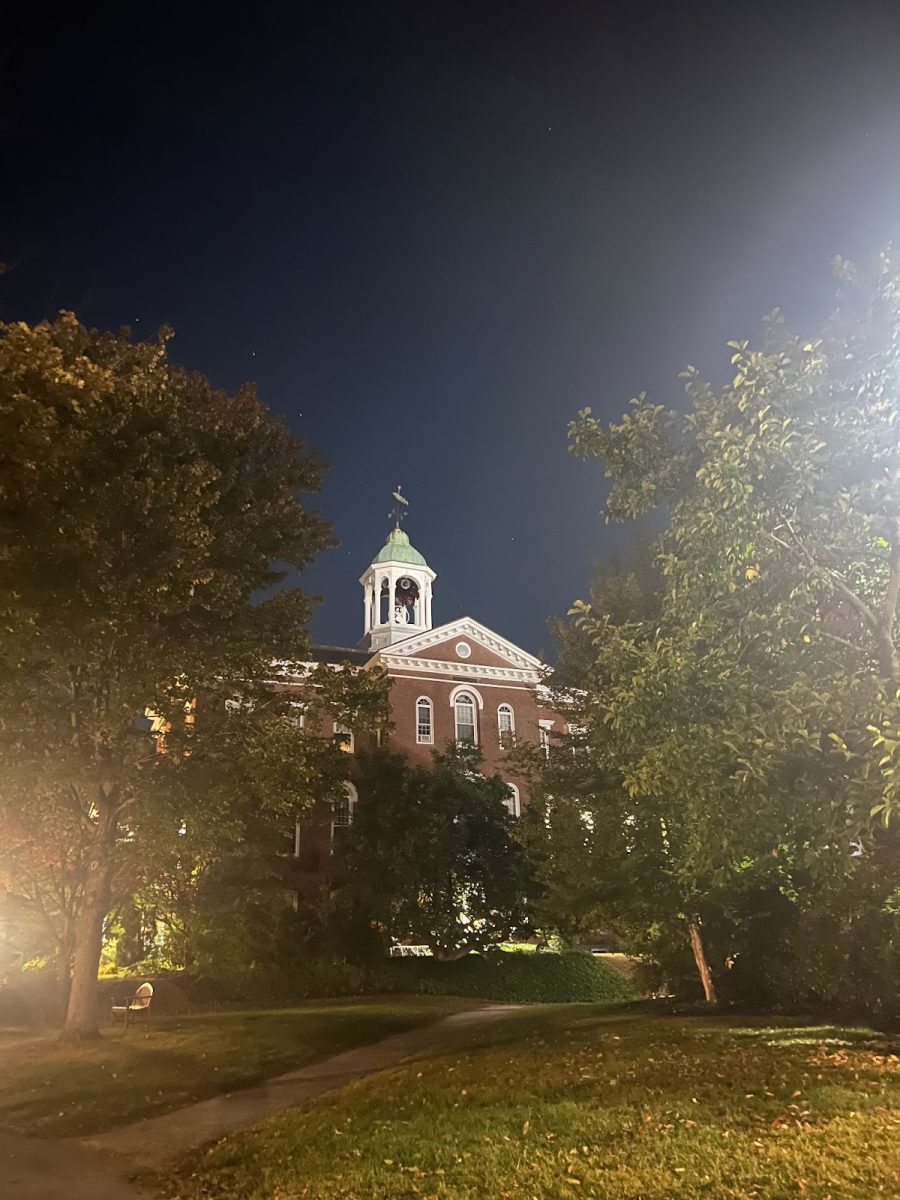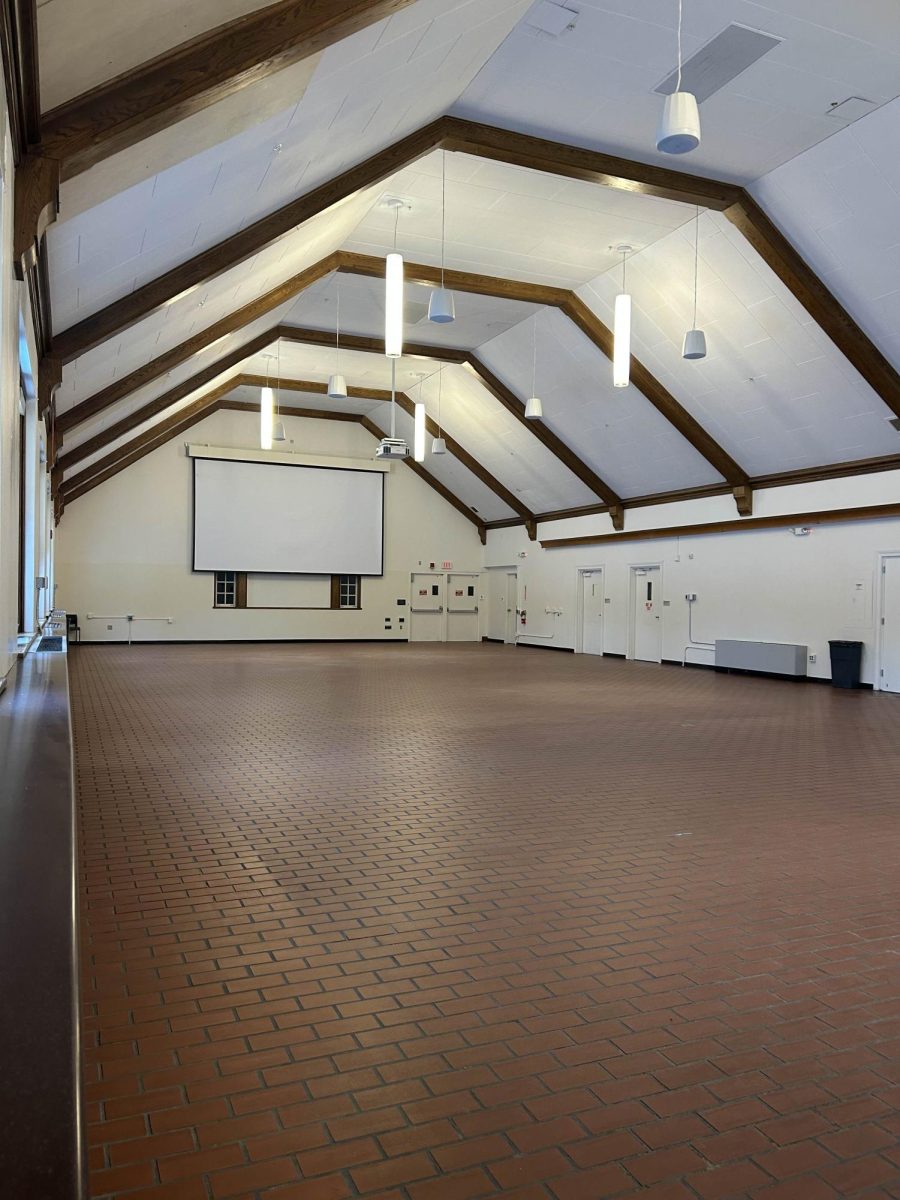
This month, universities and colleges all over the country released their endowment returns for the fiscal year. The Harvard endowment results in particular were widely anticipated by analysts and administrators.
The world’s wealthiest university has struggled since the 2008 financial crisis–first under Jane Mendillo (2008–2014) and now under N.P. Narvekar–to perform well. Its reported 6.5% gain trailed the Ivy League and fell short of analyst predictions. In fiscal year 2017, the endowment yielded 8.1% and returned 10% a year later–both lows among peers, according to The Crimson.
The Bates endowment, despite its smaller size (especially compared to Harvard), has performed well, according to a four year study by the Bates College Investment Club. Although the endowment was valued at $315.6m compared to Harvard’s $39.2bn in FY2018, it returned 7.1%, only trailing Harvard by 3%. The prior year, Bates overtook all eight Ivy League universities by posting a record 17%, making $42m in gains that year.
“Moderate, consistent endowments can perform at the highest level” says Leah Dy ’18, a relationship manager at Morningstar, an investment research firm. “Bates’ success is an example of that.”
Bates did fall behind the S&P 500, the stock market’s 500 biggest companies, which collectively returned 19.4%. The Bates endowment, however, handily beat-out the Ivy League average and came out 5.7% ahead of Yale.
Poor market conditions from 2015 to 2016 caused some backsliding for the Bates endowment, returning -5% and 1.2% respectively. In FY2014, the endowment returned 16.9% placing in the top 5% of peer returns. Bates outshined Harvard again, while also edging out Brown and Cornell. A year earlier the endowment made 12.3%, which beat the Ivy League average and flew over Harvard, Dartmouth, Princeton, Cornell, and Columbia.
While Harvard has struggled to come back from the financial crisis, the Bates endowment shot up a year after its market loss of -26%. Both schools were severely damaged in the crisis; Harvard lost 27.3% of its endowment (around $10bn.)
In 2010, the Bates endowment rose 13.5%, beating every Ivy expect for Columbia and Princeton. That year, it also cut ahead of the S&P 500 and beat Yale by 4.6%. A year later, Harvard shot back by posting a 21.4% return, narrowly overtaking Bates.
During the 2012 recession, both school’s endowments slumped: Bates sunk -2.1%, Harvard took a -0.5% loss. Endowment returns are best judged in multi-year time frames. Over a five-year annual average, Bates outruns Harvard by yielding 8.25% from 2013 to 2018. Cornell, another Ivy, slightly edged out both colleges by 0.2%.
For much of FY2018, the Bates endowment was ahead of Harvard by a couple of percentage points. However, according to The Crimson, a large stake in “favorable markets” pushed their return to 10%. This year marked an important milestone for both endowments.
From 2010 to 2018, the Harvard endowment returned an annual average of 8.94%. It barely edged out the Bates endowment, which yielded just 0.01% less at 8.93%. Both endowments were a little behind other Ivy League schools who returned 1% to 3% more. Bates has a chance to beat Harvard next year and up their trailing average. Most universities returned 8.5% over the past ten years.
The Bates endowment, for its first century, grew at an exponential rate. In 1910, for example, as the 55-year-old college was running up to $1m, the 207-year-old Yale endowment stood at just $12m.
Poised to rank among the middle tier of peers, the two-decade tenure of President Reynolds in the 1960s and 1970s led to severe backsliding. Lackluster fundraising, poor governance, and divestments in the 1980s cost Bates hundreds of millions.
His successor, Don Harward, saved the endowment from irreparable damage, tripled it in value, and returned it close competition with the NESCAC. The endowment spiraled out of control again under President Elaine Hansen. During the 2000’s it lost about half its value in two financial crises and missed $400m in unrealized gains.
President Clayton Spencer shielded the struggling endowment from divestment, consolidated management, and enlarged it by almost $100m to date. By 2022, the Bates+You campaign will deposit another $160m.
The Bates endowment portfolio has been a less aggressive copy of Yale’s. In 2004, it had 33% in U.S. equites, while Yale had 14%. Bates had 22% in fixed income; Yale had 7.4%. About 19% of Bates’ investments were international; at Yale, around 15%. Yale had 15% in private equity, dwarfing Bates’ position of 4%.
Today, Bates has upped its positions in private equity, limited fixed income, and doubled down on general market exposure. Its large U.S. equity position allows it to catch almost all up-market gains as defensive fixed income protects it in down markets.
While the portfolio is diversified and strong today, an early exit by President Spencer or a neglectful successor could trigger acute endowment stagnation.From 2012 to 2018, Bates spent on average a little less than 5% of the endowment annually to finance college operations, in line with most colleges.
From Cambridge to Brunswick, the Bates endowment is becoming increasingly competitive with Bowdoin. Endowment manager Paula Volent reported a 10.9% gain three weeks ago, bringing Bowdoin’s ten-year average close to 12%, beating both Bates and market leader Yale. However, Bates outperformed Bowdoin in FY2017 and FY2014. In FY2011, the two colleges had a heated exchange in financial markets that ultimately fell in Bowdoin’s favor as it returned 22% to Bates’ 19%.
The Investment Club estimates that the Bates+You capital campaign will cause a slight surge in returns due to an increased cost basis. Both colleges outperformed Colby’s endowment on a yearly, five-year, and ten-year basis.
According to their financial statements Colby only added about $200m to their endowment in the past decade, narrowly escaping annual inflation by 1%. Bates, with less than half the endowment, generated $130m in investment gains. President Spencer is scheduled to double the endowment in three years.
The Investment Club is finalizing a 20-page report on the Bates endowment complete with a 150-year history of its performance and predictions for the future. It is slated to be published this semester on The Student website.








Sarah '12 • Oct 28, 2019 at 2:31 AM
Spot on take on the endowment.
Marty • Oct 27, 2019 at 4:19 PM
Why doesn’t the college spend more than 5% of its endowment? The article says “in line with most colleges”. Doesn’t spending change with endowment performance?
Dorcick • Oct 27, 2019 at 2:49 AM
Saving this article for next time ANYONE trashes the Bates endowment. “You wanna see fiscal ’14 AGAIN? AGAIN!? You better step off, Bowdoin!”
Oliver ’02 • Oct 27, 2019 at 12:07 AM
An urgent treatment of a vital subject.
Todd '89 • Oct 26, 2019 at 11:19 PM
It’s rare to see explanatory journalism applied to a routine endowment-return announcement. Makes for a great read. I can’t imagine Bowdoin or any of the colleges named in the piece doing something like this.
A Concerned Low-Income Student • Oct 26, 2019 at 10:35 PM
If the investment club was really interested in the long-term health of the endowment and the college, it would used its privileged status with the administration to pressure them to replace loans with grants so low-income students can afford Bates. As the article notes, the campaign will generate a lot of money for the endowment. Drawing from both of these sources, the college can subsidize textbooks, waive laboratory fees, cover art supply costs, and help feed students over breaks.
As the endowment continues to outperform peers, from both fundraising and market returns, it’s important that the college takes a leadership role in making higher education accessible. Just because we’re beating Harvard doesn’t mean we have to be as elitist as they are. I hope, when the college makes some more money, it can seriously look into revamping the financial aid program.
Don • Oct 26, 2019 at 6:46 PM
Agree with Ms. Dy’s statement but don’t you think that the larger the Bates endowment gets the less impressive its returns will be? It’s a lot easier to double $10 than it is $100. Time will tell, I suppose. I know Yale continues to perform well despite its massive wealth.
Preston • Oct 26, 2019 at 5:20 PM
ALL HAIL CLAYTON SPENCER, QUEEN OF THE BATES ENDOWMENT! LONG MAY SHE REIGN!
Angela S. • Oct 26, 2019 at 3:31 PM
Looking forward to the full report. Do I need to subscribe to the student newspaper to get it?
batesstudent • Oct 26, 2019 at 5:41 PM
Hi Angela,
the full report will be available free of charge online at a later, currently undetermined date this year. It all depends on when the investment club finishes and decides they are ready to publish.
Vanessa
Rosalie '16 • Oct 26, 2019 at 2:44 PM
Cool article!
Ken • Oct 26, 2019 at 2:14 PM
The fact that one president lost half the endowment is ridiculous. The trustees need to do a better job selecting presidents! I shudder to think of the endowment without Spencer’s protection.
Jesse '97 • Oct 26, 2019 at 1:34 PM
I wish this article spoke more about fundraising given its importance to the endowment. During the 1990s, Hansen was incredibly ineffective in motivating alumni to give. If it’s not already, the lack of potential alumni giving during those ten years should certainly be included in the unrealized gains calculation the investment club has. Overall, this one of the best articles The Bates Student has written in quite a while.
Matthew • Oct 26, 2019 at 12:57 AM
When does the report come out?? Is there a specific day it comes out?
John '18 • Oct 25, 2019 at 9:16 PM
Well written and thought-out. The article says “[donations] cause a slight surge in returns due to an increased cost basis”. This is why it’s so important to donate to Bates: the more money it has, the more money it can make. It really is the richer get richer. The endowment’s being run exceptionally – proud to call myself a Batesie and give every year.
Gene - Parent '13 • Oct 25, 2019 at 1:45 PM
A fantastic analysis of the endowment. Very interested in reading the full report. My daughter is actually a Bowdoin alum and she sent me articles from Bloomberg and the NYT about their endowment manager Paula Volent. While Harvard has not done so well, Bowdoin has done really well which makes Bates’s competition with the college a lot more impressive. Go Bobcats!
James - Parent '09 • Oct 24, 2019 at 11:07 PM
Your review of Bates’ endowment performance does not appear to distinguish between investment earnings and gifts, leading to some misleading comparisons, with Harvard, for example. Wasn’t Bates’s 17% growth in FY 2017 the result primarily of majorgifts rather than investment earnings? Don’t get me wrong – I am rooting for Bates.
Caleb '20 • Oct 25, 2019 at 12:50 AM
The article exclusively refers to endowment returns and not percent change in endowment value (a figure impacted by budget cuts and gifts). The Harvard endowment does have more money because its alumni give more in annual donations. But, when it comes to invested endowed assets, Harvard struggles to compete with Bates’ top-notch performance.
Daniel M. • Oct 26, 2019 at 7:49 PM
@James @Caleb: While it could be more clearly defined in the article, the point it not that relevant. Both Bates and Harvard have endowments. Both of them have alumni who give. Both invest in financial markets. Nothing misleading about it. In fact, pure investment returns, as supported by major gifts, are a very reasonable way to compare both colleges.